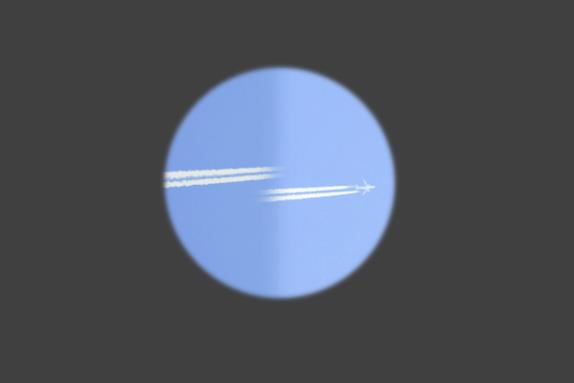
NavList:
A Community Devoted to the Preservation and Practice of Celestial Navigation and Other Methods of Traditional Wayfinding
From: Frank Reed
Date: 2019 May 12, 12:24 -0700
Yes. I saw the same spot yesterday while shooting some lunars! We are currently near sunspot minimum so spots are small and few in number. I experimented with the process you're suggesting some years ago when there were larger sunspots. There's no real benefit. Yes, you can do it, but I find that it's just as easy to do this using limb overlap, and the limb is much easier to see and define clearly. Further, if you're in circumstances where you can use this method, then you might as well use the alternating solar limb method: you place the reflected sun with its lower limb just touching the upper limb of the direct sun, read the angle, then reverse and read again, and half of the difference between the two readings gives your I.C. That's generally more accurate than any method involving a side-by-side comparison.
General advice: don't measure IC. Instead zero out the index error. With plastic sextants, get in the habit of doing this before each and every sight. Don't test and record index correction --just zero out the index error. With metal sextants, you can check it once a season and typically find no changes for months (barring sharp temperature changes and shocks to the instrument). And since you're only doing this once a season with a metal sextant, set the sextant on a table with a view of some distant line (horizon, radio tower, power line, etc.) remove the standard scope and place a 20-40x power spotting scope inline with the normal optical path (or a camera with a big lens). With that magnification, you can just about guarantee that your index error has been reduced to less than a tenth of a minute of arc.
See the images below for a novel index error test that you can use inland when you don't have a sea horizon. I suspect the images are self-explanatory here among NavList readers. A key feature here: contrails are typically six to seven miles away.
Frank Reed








